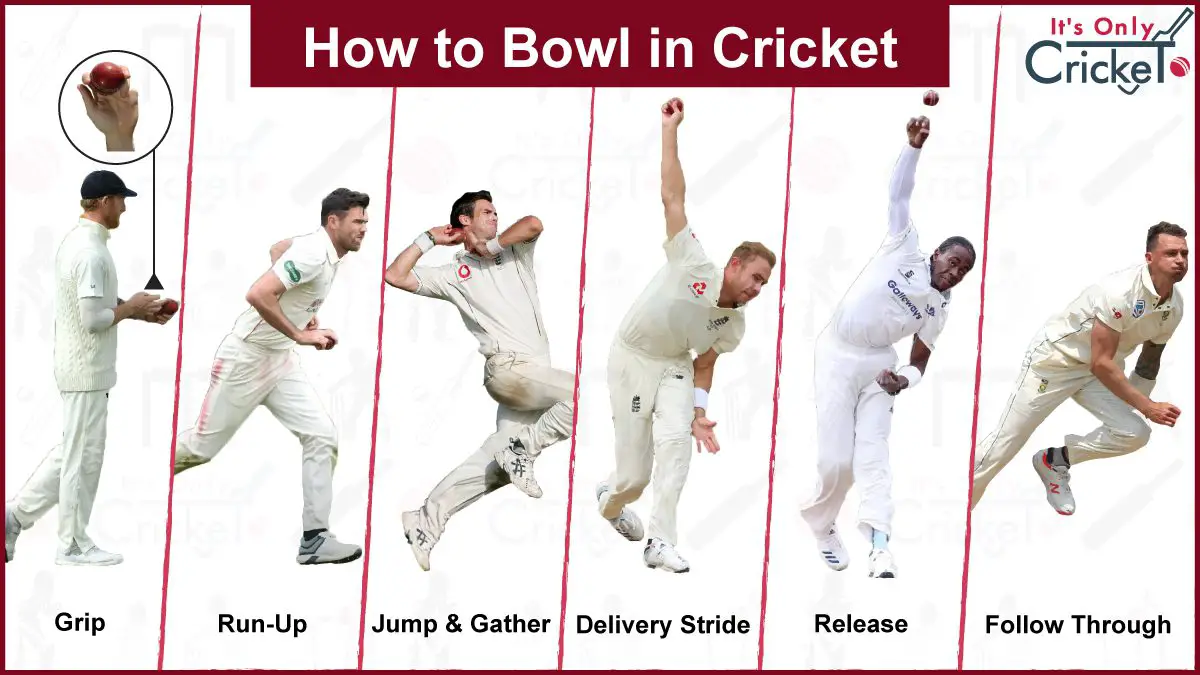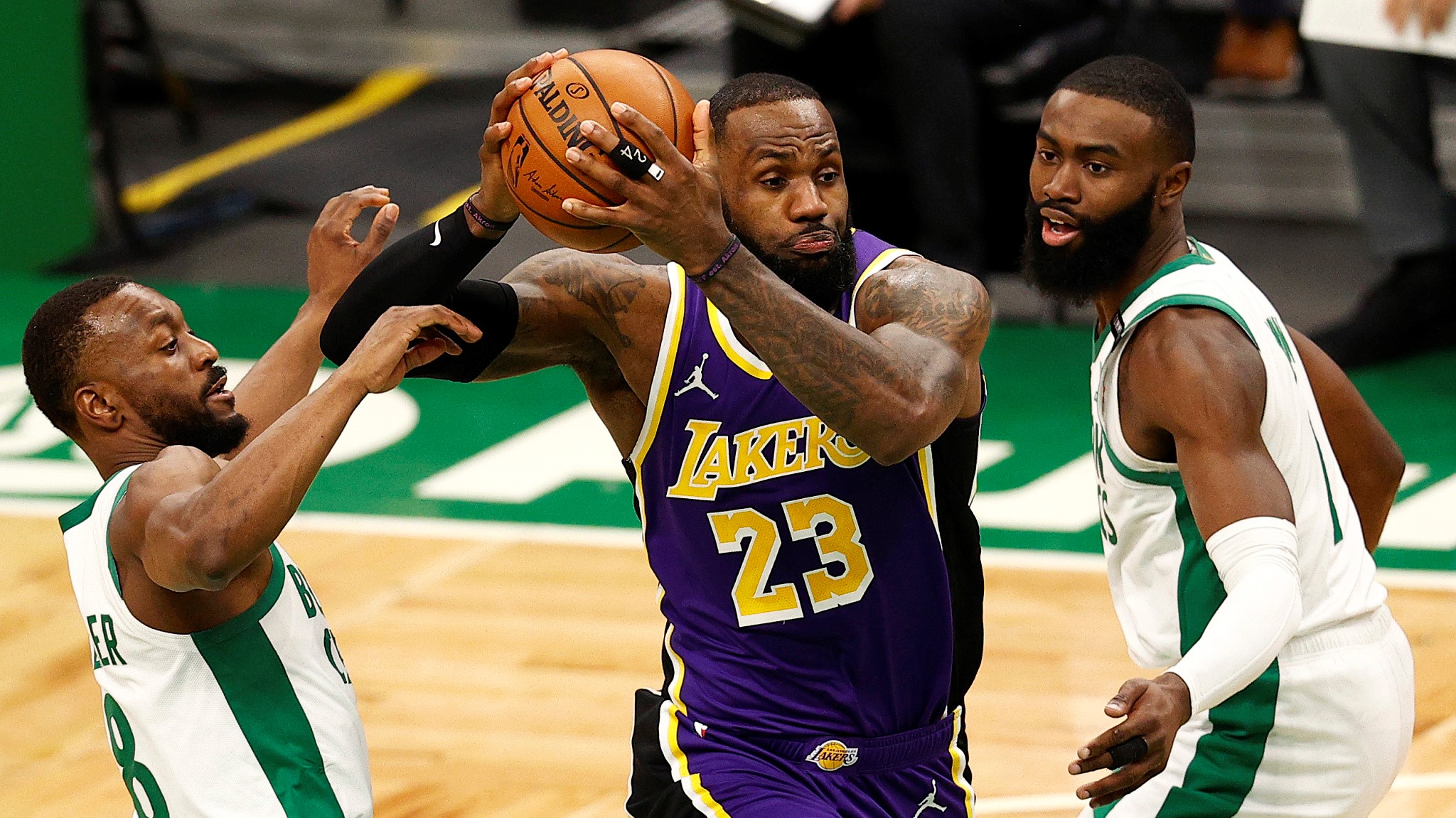
A Comprehensive Guide to Cricket Bowling Techniques
Cricket, a sport steeped in tradition and strategy, hinges significantly on the art of bowling. A bowler’s ability to deceive the batsman, exploit weaknesses, and consistently hit the desired areas dictates the success of a team’s attack. This comprehensive guide will delve into the intricacies of cricket bowling techniques, covering various aspects from grip and run-up to delivery and variations. Whether you’re a novice just starting out or an experienced bowler looking to refine your skills, this guide will provide valuable insights and actionable advice.
I. The Fundamentals: Grip, Stance, and Run-up
Before even considering the delivery stride, the foundation of effective bowling lies in a correct grip, a balanced stance, and a controlled run-up.
A. Grip: The grip is paramount. It dictates the type of spin you can generate and the trajectory of the ball. Three primary grips are commonly employed:
-
Fast Bowlers: Typically use a seam grip, where the fingers are positioned across the seam of the ball. This allows for variations in swing and pace. Different variations within the seam grip exist, such as the ‘over’ grip (fingers positioned above the seam) and the ‘under’ grip (fingers positioned below the seam). The ‘side’ grip, which involves holding the ball on the side with fingers slightly spread, is also frequently used. The effectiveness of each depends on the bowler’s personal preference and skill.
-
Spin Bowlers: Employ various grips depending on the desired type of spin. Leg-spinners generally use a wrist-oriented grip, holding the ball with their fingers close to the seam. Off-spinners typically use a finger-spin grip, where the fingers are spread across the ball, allowing for more finger-based spin. Variations within these grips allow for different types of spin and trajectory, creating unique challenges for the batsman.
-
Slow Bowlers: May employ variations on the finger spin grips or a more relaxed grip depending on the type of delivery. They usually focus on flight and deception more than extreme spin.
B. Stance: The bowler’s stance at the start of their run-up is crucial for balance and control. A balanced stance, with feet shoulder-width apart and weight evenly distributed, allows for a smooth, powerful run-up and delivery. The knees should be slightly bent, maintaining flexibility and preparing for the momentum build-up. The bowler’s shoulders should be relaxed, and their head should be up, maintaining focus on the target.
C. Run-up: The run-up is the sequence of steps taken before the delivery stride. Its length and style vary greatly among bowlers. A shorter run-up is often preferred for greater control, particularly for slower bowlers. Longer run-ups, common among fast bowlers, generate momentum and allow for increased pace. Regardless of length, a consistent and rhythmic run-up is key. The run-up should end with a controlled stride towards the crease.
II. The Delivery Stride and Release:
The delivery stride and release are the culmination of the run-up and the most crucial part of the bowling action.
A. Delivery Stride: The delivery stride is a powerful and controlled step towards the crease. The leading leg (the leg opposite to the bowling arm) should be lifted and extended forward, acting as an anchor for the bowler’s body. The weight transfers smoothly from the back leg to the front leg, generating momentum and power. This stride should be consistent and smooth to maintain accuracy and consistency.
B. Release: The release is the point where the ball leaves the bowler’s hand. The wrist action at this point is crucial for generating spin and movement. For fast bowlers, a smooth, controlled release is essential to maintain accuracy and generate pace. For spin bowlers, the wrist action is more pronounced, allowing for variations in spin and trajectory. The ball should be released cleanly, without any hesitation or awkward movements.
III. Bowling Variations and Types:
Cricket bowling offers a wide array of variations, enabling bowlers to exploit batsman weaknesses and maintain unpredictability.
A. Fast Bowling: This is characterized by high pace and minimal spin. Variations include:
- Outswinger: Moves away from the right-handed batsman.
- Inswinger: Moves towards the right-handed batsman.
- Bouncer: Pitches short and bounces high, challenging the batsman.
- Yorker: Pitches right at the batsman’s feet, making it difficult to score.
- Slower ball: A deliberately slower delivery to deceive the batsman.
B. Spin Bowling: This relies on the spin imparted to the ball to create movement and deceive the batsman. Types include:
- Leg Spin: Bowled by right-arm bowlers and turns from leg to off (from the batsman’s perspective).
- Off Spin: Bowled by right-arm bowlers and turns from off to leg.
- Left-arm orthodox: Bowled by left-arm bowlers and turns from off to leg.
- Left-arm unorthodox: Bowled by left-arm bowlers and turns from leg to off.
C. Slow Bowling: This is characterized by slower pace and often employs deception and flight to challenge the batsman. Types include:
- Chinaman: A left-arm bowler who bowls leg-spin.
- Flipper: A fast delivery with little or no spin.
- Top-spinner: A delivery with significant top-spin.
IV. Advanced Techniques and Considerations:
Beyond the fundamental techniques, advanced concepts further enhance a bowler’s effectiveness.
- Field Placement: Understanding field placement is crucial. The bowler should work closely with the captain to adjust field settings based on the batsman’s strengths and weaknesses and the current match situation.
- Control and Accuracy: Consistent accuracy is paramount. A bowler who consistently hits their desired areas will be far more effective than one who bowls fast but lacks control.
- Pace Variation: Varying the pace of deliveries keeps the batsman guessing and makes scoring more difficult.
- Mental Fortitude: Cricket bowling demands mental resilience. Bowlers need to remain focused and composed, even when facing aggressive batsmen or conceding runs.
- Fitness and Strength: Maintaining high levels of fitness and strength is essential, particularly for fast bowlers. The repetitive action of bowling requires strength, endurance, and flexibility.
V. Conclusion:
Mastering the art of cricket bowling requires dedication, practice, and a deep understanding of the techniques involved. From the fundamentals of grip and run-up to the intricacies of variations and advanced strategies, each aspect plays a crucial role in a bowler’s success. By consistently practicing, refining techniques, and understanding the game’s nuances, any bowler can develop their skills and become a valuable asset to their team. This guide serves as a starting point; continued learning and experimentation are key to unlocking your full potential as a cricket bowler. Remember to seek guidance from experienced coaches and mentors to receive personalized feedback and accelerate your progress. The journey of becoming a proficient bowler is a continuous one, demanding patience, perseverance, and a passion for the game.



